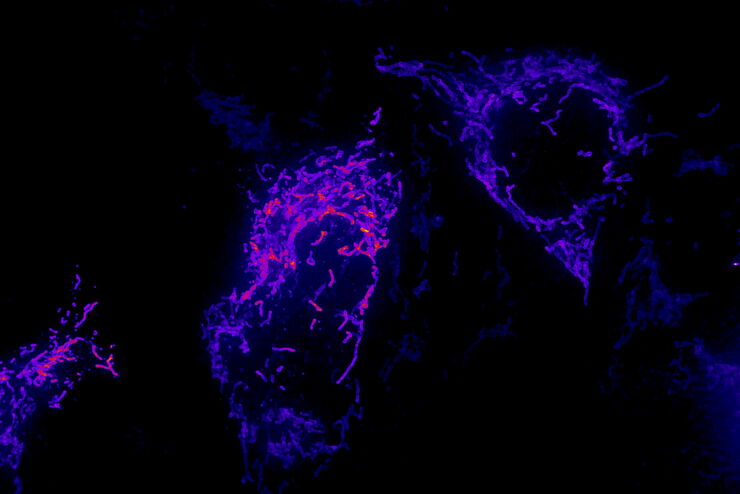12
Nov
2025
冷冻电镜技术前沿交流会
China
•
Webinar
12
Nov
2025
Transformative Technologies in Pancreatic Cancer
United States
•
Webinar
Filter articles
主题和标签
产品
Loading...

您的 3D 类器官成像和分析工作流程效率如何?
类器官模型已经改变了生命科学研究,但优化图像分析协议仍然是一个关键挑战。本次网络研讨会探讨了类器官研究的简化工作流程,首先是实时的三维细胞培养检查,接下来是高速、高分辨率的三维成像,生成清晰的图像和更纯净的数据,以便对生长速率、细胞迁移和三维细胞相互作用等参数进行准确地人工智能分割和量化,从而实现更深入的洞察。
Loading...

基于 AI 引导的多重二维数据向空间洞察的转化
Aivia 13 能够处理大型二维图像,使研究人员能够通过检测数百万个对象和自动聚类多达 30 个标记物,深入理解其表型周围的微环境。
Loading...

利用 SPARCS 探索亚细胞空间表型
功能日益强大的显微镜可提供信息丰富的各种细胞表型数据。如果与深度学习的最新进展相结合,这将成为在基因筛选中读出感兴趣的生物表型的理想技术。在本网络讲座中,您将了解到空间分辨 CRISPR 筛选 (SPARCS),这是一种利用自动化高速激光显微切割技术在人类基因组尺度上揭示各种亚细胞空间表型的平台。
Loading...

借助人工智能,揭示复杂而密集的神经元图像中的洞察
神经元的3D形态学分析通常需要使用不同的成像模式,捕捉多种类型的神经元,并在各种密度下相连的传统Leica SP8显微镜采集多达解神经元的形态,这对许多研究人员来说仍然是一个耗时的挑战。
Loading...

使用Mica的人工智能显微镜软件进行 3D 空间分析
本期MicaCam为您提供切实的建议,教您从显微镜图像中提取可发表级别的分析结果。本期的特邀嘉宾来自徕卡显微系统的Luciano Lucas,他将为大家展示如何使用MICA的AI赋能软件进行图像分析。他将深度分析两张MICA的3D成像,探究不同可见生物元素之间的空间关系。本期的最后将会介绍如何创作高保真视频动画以及其他可用于发表文章的结果。
Loading...

人工智能显微图像分析-介绍
人工智能引领的显微图像分析和可视化是用于数据驱动型科学发现的一项强大工具。人工智能技术可以帮助研究人员应对具有挑战性的成像应用,让他们能够从图像中获取更多的信息。
